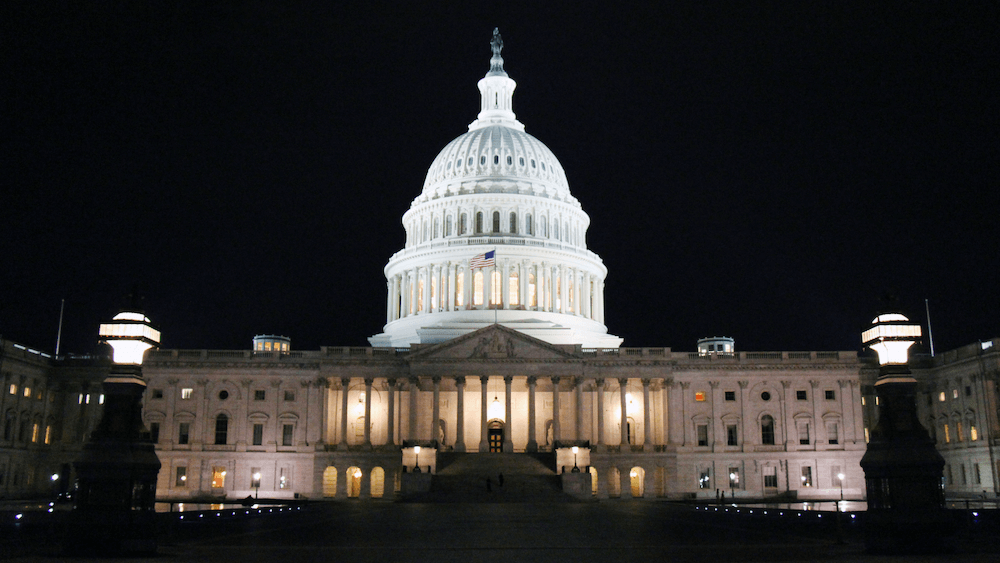Your 2022 Federal Pay Raise, COLA, and Why 2021 Inflation Is Important
A low inflation rate is crucial for the stable development of a national economy since the general welfare of the population is tied to all economic processes.
But what happens when a country’s inflation rate is steadily rising? Read on to know how this process affects the everyday life of citizens and the methods authorities can take to regulate all internal socio-economic processes.
What Are the Main Triggers of Inflation in 2021?
The Covid-19 pandemic has made significant adjustments to the socio-economic climate worldwide, particularly affecting the economic situation in the United States. For example, due to the strict measures imposed by the U.S. government to combat the spread of the infection, such important sectors of the economy as heavy industry and manufacturing, tourism and air transportation, sports and recreational activities, education and culture, as well as the service sector have been negatively affected.
These restrictions were imposed on state-owned enterprises and private businesses, resulting in production capacity reduction, downsizing, and retrenchment. In addition, a shortage of key global materials and major supply disruptions prompted manufacturers to increase prices to maximize market profits. As a result, all these factors mentioned above had a considerable effect on the excess of demand over supply, which, in turn, triggered a rise in food prices and provoked a drastic commodity price boom.
The inflation spike, which is currently estimated at 6.2%, and price volatility in 2021 are unprecedented. Therefore, the situation in the U.S. economic market is still rather unstable. However, the Federal Reserve Board and Joe Biden’s administration claim that high inflation is temporary and related to economic recovery.
What Is the Connection Between the Inflation of 2021, COLA, and Federal Pay Raise?
Consumer purchasing power is dependent mainly on the rise in prices. Therefore, the U.S. government adjusts the amount of social security benefits annually to ensure the population’s welfare despite the skyrocketing inflation.
The statistics indicate that inflation has caused a dramatic boost in the consumer price index, reaching 6.2 percent over the period from October 2020 to October 2021. Moreover, this indicator has reached its highest point in the last 30 years. Therefore, it is necessary to take measures to improve living standards by increasing wages and social benefits.
To provide financial support, the U.S. government applies a cost-of-living adjustment (COLA), which is aimed at increasing social security and supplemental security income to eliminate the impact of inflation and stabilize the financial well-being of the population, namely social security beneficiaries, disabled veterans, and federal retirees.
Financial benefits are calculated by the percentage of total current income, namely pension, salary, or a benefit, to the Consumer Price Index for Urban Wage Earners and Clerical Workers (CPI-W) over a given period. The CPI-W, in turn, illustrates the shift in the cost of certain goods and services.
For retirement benefits, the calculations are usually based on such data as the year of retirement, the COLA provision previously signed with the former employer, and the current Consumer Price Index. The COLA rate varies greatly according to the date the beneficiary retired, as inflation, price fluctuations, and wage increases make it necessary to recalculate the pension in accordance with the current financial situation.
Expected COLAs and Federal Pay Raises in Numbers
According to official figures, the U.S. government intends to increase the cost of living adjustment (COLA) to 5.9% in early 2022, with the highest rate recorded nearly four decades ago.
In addition to providing social benefits, the state authorities intend to ensure pay raises for federal employees in accordance with Biden’s alternative pay plan. The pay raise for federal employees will be composed of two components: a 2.2% across-the-board pay increase and a 0.5% pay increase based on the state of residence.
Thus, federal salaries are projected to experience a 2.7% increase from the beginning of 2022.
The Best Way to Reach Your Financial Goals
Undoubtedly, to obtain financial stability and meet all your financial goals, it is essential to understand the economic processes taking place here and now. At Benefit Resource Partners (BRP), we are ready to provide comprehensive assistance to help you obtain the best retirement plan and evaluate your federal benefits package.
Contact us to plan your financial future!
Sources:
- https://www.pbs.org/newshour/economy/u-s-consumer-prices-spiked-6-2-percent-in-past-year-highest-inflation-rate-since-1990
- https://www.aarp.org/retirement/social-security/info-2021/cola-set-for-2022.html
- https://www.govexec.com/pay-benefits/2021/08/biden-formalizes-plan-average-27-raise-civilian-feds-2022/184925/
- https://www.govexec.com/pay-benefits/2021/07/inflation-and-great-cola-countdown-2021/183812/
- https://www.fedsmith.com/2021/11/14/2022-federal-pay-raise-cola-inflation/
- https://www.investopedia.com/ask/answers/111314/what-causes-inflation-and-does-anyone-gain-it.asp
This information has been provided by a Licensed Insurance Professional and does not necessarily represent the views of the presenting insurance professional. The statements and opinions expressed are those of the author and are subject to change at any time. This material has been prepared for informational and educational purposes only. It is not intended to provide, and should not be relied upon for, accounting, legal, tax or investment advice. All information is believed to be from reliable sources; however, presenting insurance professional makes no representation as to its completeness or accuracy.


